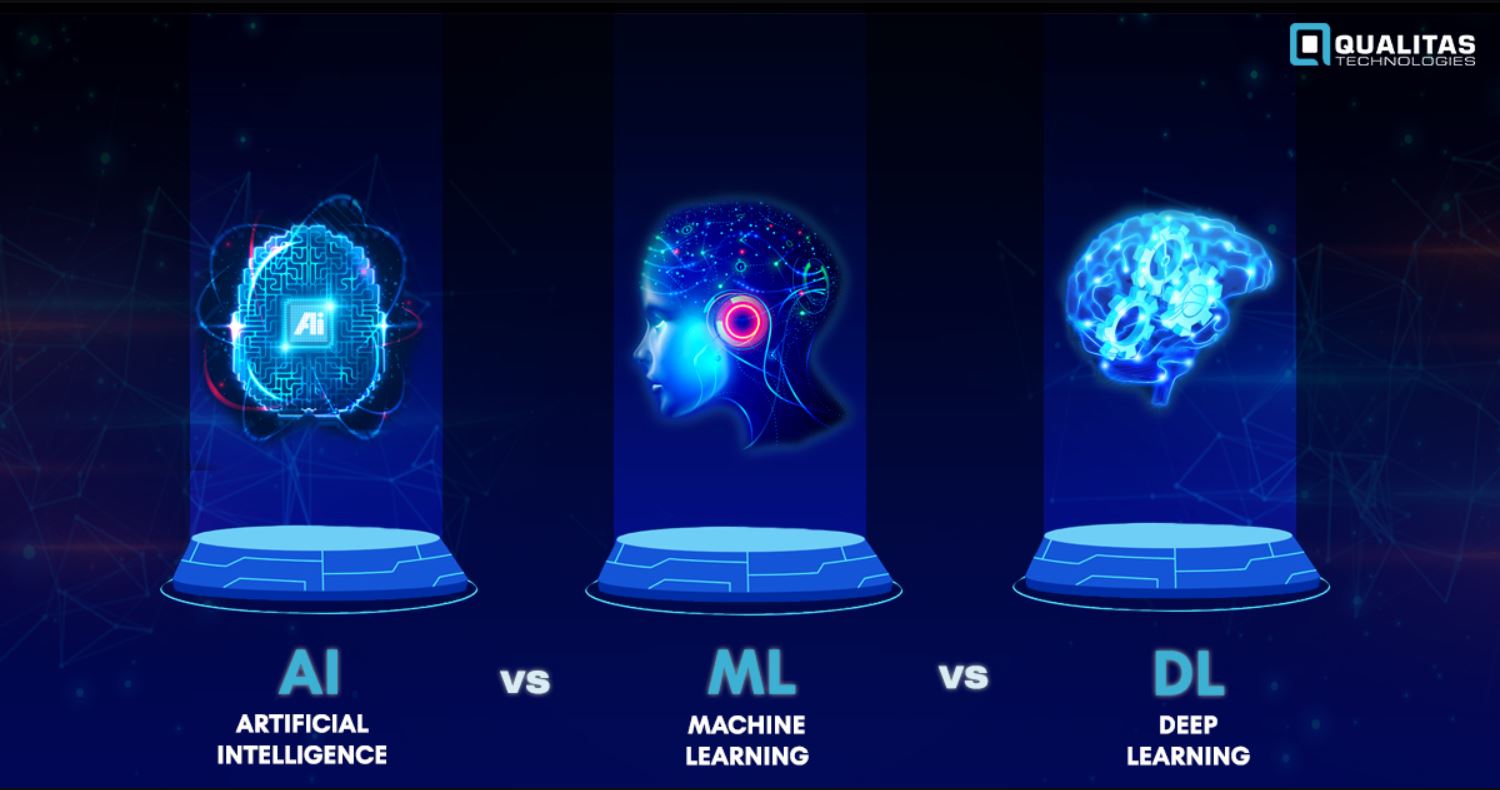
AI VS ML VS DL
Artificial intelligence (AI), machine learning (ML), and deep learning (DL) are terms that are more often than not, used interchangeably to describe software that behaves intelligently. However, they are disparate and it is useful to understand the key distinctions among them.
A great analogy that you can use to understand this difference is to consider deep learning, machine learning, and artificial intelligence as a set of Russian dolls nested within each other, beginning with the smallest and working out. Deep learning can be considered as a subset of machine learning and machine learning as a subset of AI. AI is an umbrella term for any computer program that does something intelligently. Conclusively, all machine learning is AI, but not all AI is machine learning, and so forth.
While this is a surface level distinction of the technologies, it provides us with an excellent foundation to dive deeper into the details.
Related Article: Integrating Machine Vision & AI with Toyota Production System
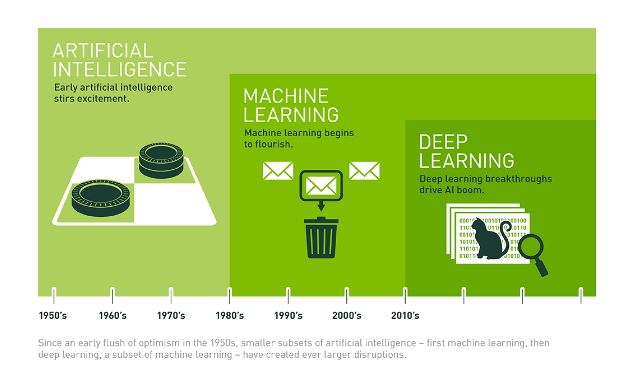
ARTIFICIAL INTELLIGENCE (AI)
There are numerous methods to simulate human intelligence. Out of these, some methods are more intelligent than others are. AI can be anywhere from just a large pile of if-then statements, to a complex statistical model mapping raw sensory data to symbolic categories and everything in between. The if-then statements are simply rules explicitly programmed by a programmer. Taken together, these if-then statements are collectively called rules engines, expert systems, knowledge graphs or symbolic AI.
AI is the underlying discipline that covers everything related to making machines intelligent and smart. Whether it is a robot, a refrigerator, a car, or a software application, if they possess any functionalities that are smart, then it is AI. Machine Learning (ML) while commonly used alongside AI, are not the same thing. ML is technically a subset of AI. ML are systems that have the ability to learn by themselves. They get smarter and smarter over time without human intervention. Deep Learning (DL) is ML but with a different application i.e. it is applied to large data sets. Most AI work today revolves around ML and DL because intelligent behavior requires considerable knowledge, and learning is the easiest way to get that knowledge.
Also Read: Differences Between Machine Learning and Rule-Based Systems
MACHINE LEARNING (ML)
As mentioned earlier, ML is a subset of AI. Conclusively, all machine learning counts as AI, but not all AI counts as machine learning. For example, the aforementioned symbolic logic such as rules engines, expert systems, and knowledge graphs – could all be described as AI but none of them are machine learning paradigms or algorithms.
One aspect that differentiates machine learning from knowledge graphs and expert systems is its ability to modify itself as and when required. ML does not require human intervention to make certain changes and is dynamic in nature. This factor contributes greatly to making it less brittle, and less reliant on human experts.
The learning part of ML means that the algorithms attempt to optimize themselves along a certain dimension. Specifically, they usually try to minimize errors or maximize the accuracy of their predictions.
DEEP LEARNING (DL)
Deep learning is a machine learning technique that teaches computers to do what humans do naturally: learn by example. Deep learning is the centerpiece that drives modern innovative products such as driverless cars, enabling them to recognize a stop sign or to distinguish a pedestrian from a roadblock. It has quickly become an integral part of common devices like phones, tablets, TVs, and hands-free speakers. These smart devices use voice recognition and processing for inputs from users. Deep learning is getting a lot of attention across all industries lately and for good reason. It is achieving results that were not possible before.
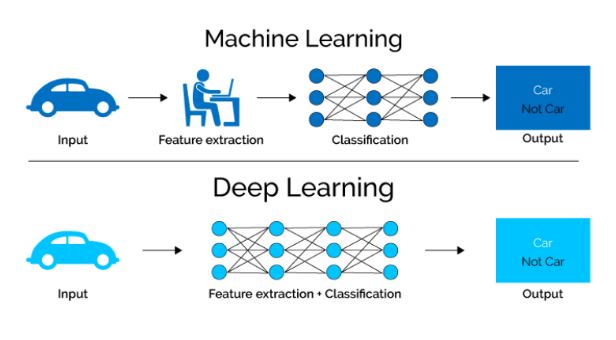
Deep learning algorithms learn to perform classification tasks directly from images files, text, or sound files. Deep learning models can achieve never before seen accuracy, sometimes exceeding even human-level performance. It can do all of this while being incredibly efficient and quick. Models are trained by using large datasets of labeled data and neural network architectures that contain numerous hidden layers that emulate the working of a human brain at a simplistic level.

Related Article: DEEP LEARNING AND ITS PROBLEM TYPES
One of the most common applications of deep learning is in the Machine Vision domain. Machine Vision is the ability of a computer to see and subsequently process images and analyze them. Machine vision applications in the industrial manufacturing sector demand greater robustness, reliability, and stability compared with an academic/educational vision system. These systems typically cost significantly less than those used for defense purposes or research. Therefore, industrial machine vision applications tend to low cost, accurate, robust, and reliable. Furthermore, they generally possess high mechanical and temperature stability.

CONCLUSION
In conclusion, DL is a subset of ML and both are subsets of AI. They are fundamentally entwined. The rapid growth of DL research and industry applications demonstrates its “ubiquitous” presence in every facet of AI.
Register For Our Upcoming Free Webinar

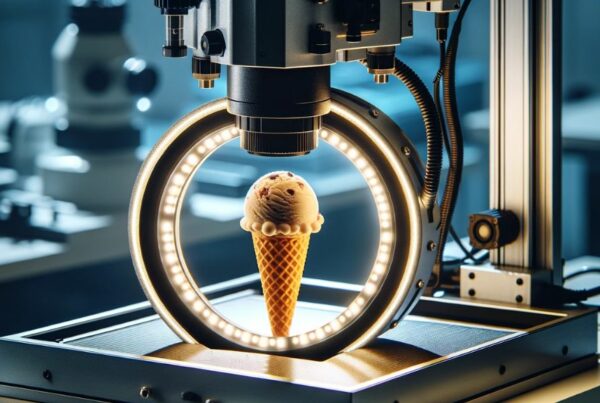
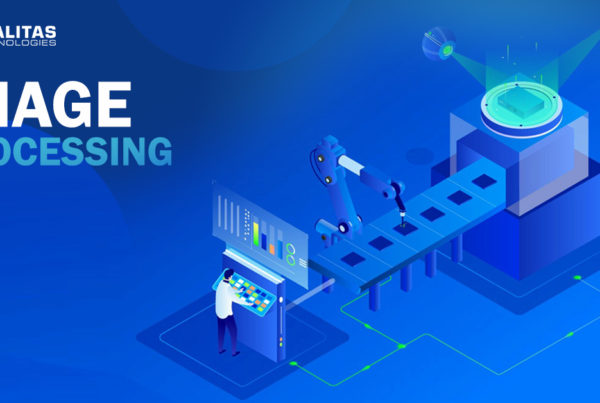
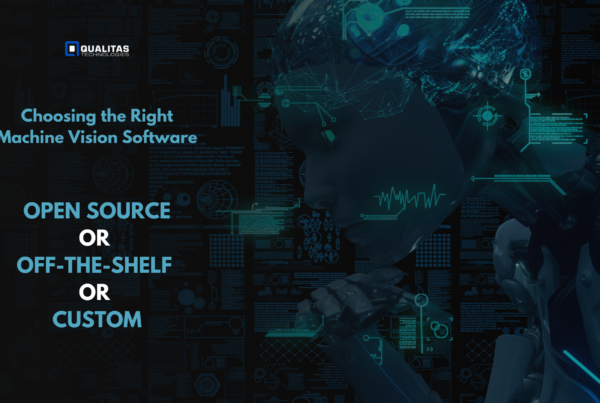


I feel very grateful that I read this. It is very helpful and very informative and I really learned a lot from it. I can also refer you to one of the Best Deep Learning Services in Hyderabad.